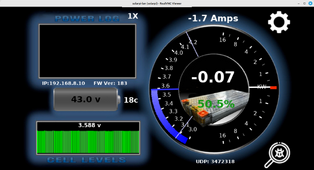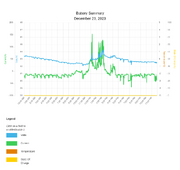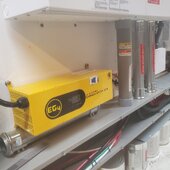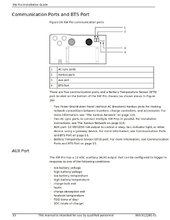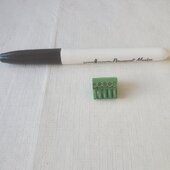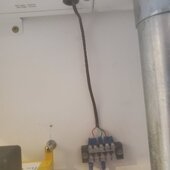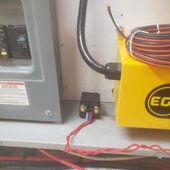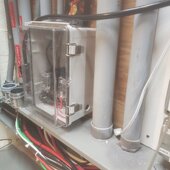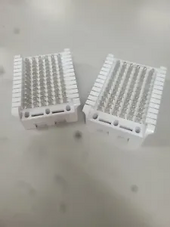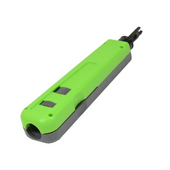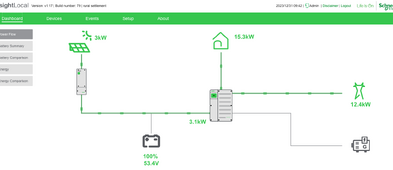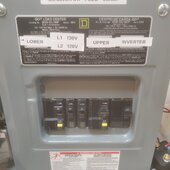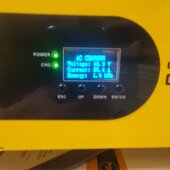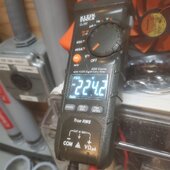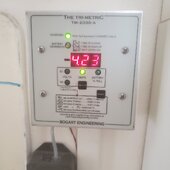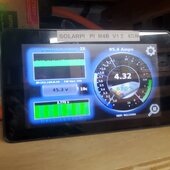I will be utilizing thermostat #18/5 wire connected to the AUX pin adapter in order to exit the XW Pro box and land on a 5 position terminal block for easy access
Once I have the terminal block on the wall and connected to the AUX port, I can tap the terminal contacts for the 2 circuits I need and run the wire to their specific locations
UPDATE: 2024-01-31
Control of LOW BATTERY Recharge with Chargeverter completed today
12v relay hooked up to Inverter AUX control signals
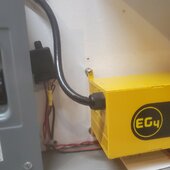
240v SSR relays, plugged into grid line
chargeverter plugged to 240v relay output
240v relays primary coil wired up to 12v control
cooling fan on top of box also hookup to 12v
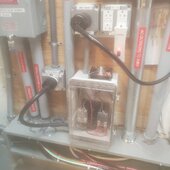
SSR relay box close up
the box has a LOCK hole where I need to place a small locking device to reduce the chance of someone opening the box and playing with the wires.
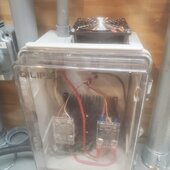
Chargverter DC breaker is now ENABLED
AUX control circuit TRIGGER set to turn ON at 41.5v
LOW BATTERY CUT OUT range is 32-52v
Tesla battery (with 2 in series) depleted voltage 36v, 100% full is 50.4
I run mine 41 to 49.5v
Oprion 1 = LOW BATTERY trigger:
This option is my normal mode now, to keep the system running when we don't get as much sun as we need.
April to Oct, this trigger RARELY is activated due to the sufficient amount of sunshine we get
Nov to Mar, snow, rain, cloudy days, storms cause some days to run short of battery storage, so re-charge by grid is needed
Chargeverter voltage is set to 43.0 (the lowest it will go)
AUX control circuit CLEAR set to turn OFF at 43.5v, which will disconnect the grid
when the grid is removed from the Chargeverter, it will TURN OFF, even with the DC breaker turned on
When battery gets to low voltage, Chargeverter will turn back ON with the grid and bring the battery up to 43.0 volts.
It will then float the battery at that voltage, while running loads in the house.
This will stay in this state until the solar panels bring the battery up to 43.5v at which
time the 240v SSR relays will turn off and disable the Chargeverter, allowing the sun to do the heavy charge lifting of the battery
Option 2 = TIME OF DAY Trigger for use of TOU operation:
During Nov to Mar there are sometimes SEVERAL days in a row where the battery is depleted and no sun is forecast for several more days.
For these occurrences, the AUX port is re-configured to use TIME OF DAY operation to block out grid charging during ON PEAK times (3PM to 10PM, M-F). 10PM to 3PM is OFF peak with reduced cost per kwh.
For TOU option, I reconfigure the Chargeverter to charge the battery to 49.4 volts (1 v below the Tesla modules MAX voltage ceiling of 50.4v) and float the battery there during OFF PEAK time period
Manual configuration is needed to switch between Option 1 and Option by selecting the trigger source in the InsightLocal webpage for AUX configuration




